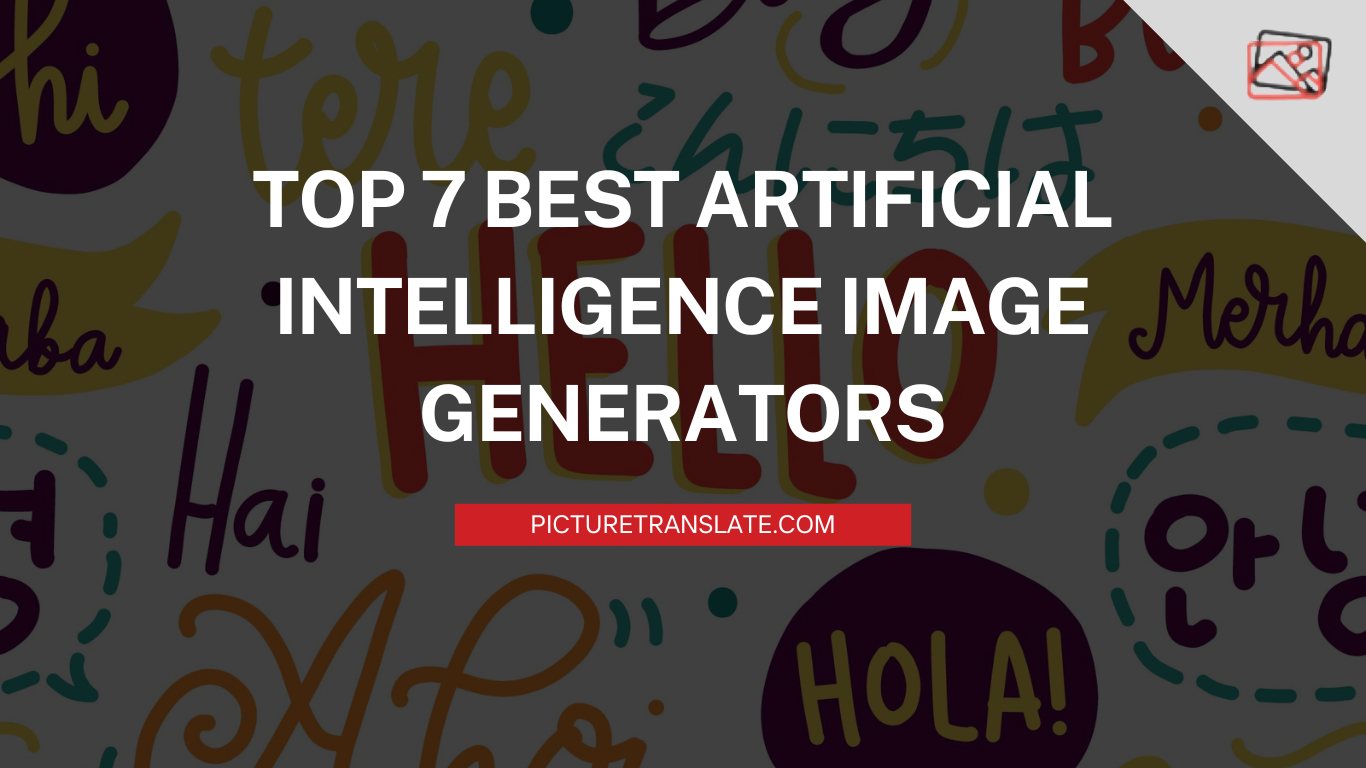Arabischer Bildübersetzer
Arabisch is one of the most widely spoken languages globally, with over 400 million native speakers. Its reach extends further, as over a billion people can understand some level of Arabic. With a history spanning over 15 centuries, Arabic is known for its rich literary heritage, including poetry, prose, and scientific texts.
How to Use?
Steps to Use this Picture Translator tool
- Find a Suitable Image: Choose an image containing Arabic text from sources such as books, signs, or online materials. Ensure the image is clear, with legible text.
- Upload or Capture the Image: Use your device to upload or take a picture of the chosen image.
- Select the Target Language: Choose the language into which you want the text to be translated. You can usually select from options like English, Spanish, German, and others.
- Translate the Text: Allow the tool a few seconds to a few minutes to process and translate the text.
- Review and Save: Compare the translated text with the original Arabic text. Save the translated image if needed for future reference.
How It Works?
Arabic picture translators utilize AI and OCR to scan and translate text from images. This technology is designed to handle a variety of text sources, such as books, magazines, newspapers, signs, menus, labels, and posters. However, the accuracy of translation can be influenced by factors like the quality of the image and the complexity of the text.
Using a Picture Translator to Enhance Learning
One effective tool for learning Arabic is an Arabic picture translator. This technology uses artificial intelligence (AI) and optical character recognition (OCR) to translate images containing Arabic text into English or other languages. This method can be particularly helpful for beginners as it provides a practical way to engage with the language in real-world contexts.
The Challenges of Learning Arabic
Learning Arabic can be both rewarding and challenging. The language features a unique script, intricate grammar, and distinct pronunciation systems that differ significantly from English and many other languages. Furthermore, Arabic is not a monolithic language but includes numerous dialects and varieties that can vary significantly in vocabulary, grammar, and pronunciation across different regions.
Limitations and Considerations
While picturetranslate.com are valuable tools, they are not without limitations. OCR technology may struggle with complex scripts or poor image quality, leading to potential inaccuracies in translation. Additionally, understanding the context and nuances of the Arabic language might require supplementary resources and study.
Additional Resources for Learning Arabic
To complement the use of picture translators, consider exploring other learning resources:
- Online Courses: Platforms like Duolingo, Coursera, and Rosetta Stone offer structured Arabic language courses.
- Textbooks: Books such as “Al-Kitaab fii Ta’allum al-Arabiyya” are highly regarded in Arabic language education.
- Language Exchange: Websites like Tandem and HelloTalk facilitate language practice with native speakers.
Abschluss
Learning Arabic offers a unique and enriching experience, although it comes with its challenges. Utilizing an Arabic picture translator can be a helpful tool in this journey, providing practical translation and aiding in comprehension. By combining this technology with additional learning resources and practices, you can enhance your proficiency in Arabic and better appreciate its complexities.
Businesses are constantly seeking ways to connect with a broader audience. One of the most effective methods to achieve this is through …
Communicating with people who speak different languages is very important in our connected world. Sometimes, you might need to translate videos to …
AI video generators have made creating engaging and professional quality videos easier than ever. These tools leverage advanced algorithms to automate video …
AI image generators have transformed the way we create and manipulate visual content. They offer tools that range from simple design enhancements …




